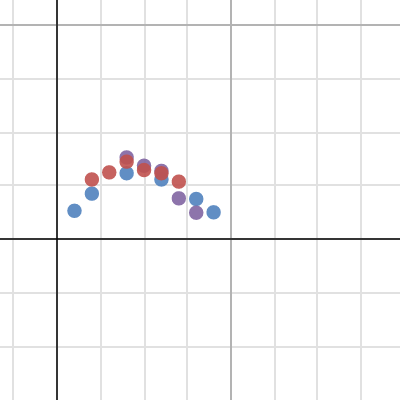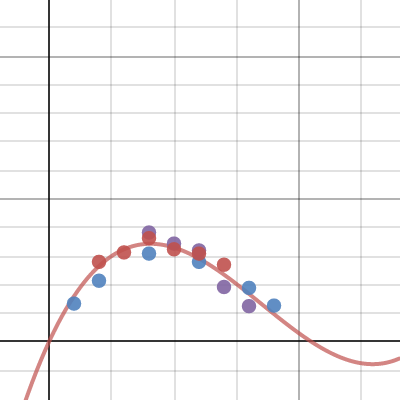I waited before I gave my reply, "so those are the only two options?"
To put the situation in context, she had just received a sub-standard grade; not below the class standard, but below her own and she wanted someone to beat in an argument to regain some lost pride. My response was not what she anticipated.
She assumed that teachers generally moved from school to further education and then just returned to school as a teacher. Thereby through a self serving bias (https://en.wikipedia.org/wiki/Self-serving_bias) teachers rank further education as the superior option upon the completion of school education. Over recent years there has been increasing push, particularly in Australia, for vocational options typically through an apprenticeship programs or some entry level employment.
This student was expecting to argue with me regarding academic versus vocational options. Given her favorable grades I suspect teachers, parents and even other students must be pushing, or at least assuming she would tend towards academic endeavours where she would surely succeed.
Her critical and insightful mind (with a pinch of adolescent rebellion and surging hormones) was conflicting with this pressure. She often came up with creative ways to solve mathematics problems, surely she can find an interesting method to solve life problems, rather than follow the clear path ahead of her.
Finally she responded, "What do you mean, Sir?"
"Well, is there an option outside of further education or employment?"
"Are you suggesting I should drop out and live off of social benefits?"
"I don't really see that as an option, as much as a delay"
We discussed for quite some time as she guessed all of the various other options, generally falling under either further education (e.g. TAFE, community college, MOOCs) or employment (defence force, office work, volunteering). Her obtuse brain also put some interesting ideas, such as marrying into money or turning to a life of crime.
The length of the discussion pushed well into lunch before it got close to what I was thinking of.
She was becoming exacerbated when she dropped a throw away line, "perhaps I just need to discover my own Facebook, or something"
"Now you are getting close... but Facebook has already been invented."
I could see the look in her eye change as she saw my face brighten.
So I told my student about my friend, Chris who was passionate about pets. She hadn't got the grades (and she didn't have the composure) to study veterinary science at university. While Chris was considering what to do with her life she decided to print off 200 flyers offering to walk local dogs and put the flyers at the local vet.
After a month, she had 3 clients with dogs which she walked every week. Chris would always arrive early, bring toys for the dogs and send the owners picture of the dogs having fun at the park or beach. Her passion was obvious and her client base kept growing.
One day an existing client was going away for a weekend, and asked if my friend could drop by, feed her dogs and check that they were okay. My friend accepted, and quickly found many more people looking for dog and house minding.
In less than 2 years, this attempt to make a little money walking dogs had expanded to a young lady in her early 20's converting a shop into a Doggie Day Care, and employing a group of casual dog walkers and house sitters.
So I asked my student, "What was the point of this story?"
She immediately said "Follow your passion."
"That is part of it," I replied "and an important part, but the underlying point is that there is a third option, outside of academic or vocational. You can choose an Entrepreneurial path. Start your own business. It is a high risk option and it is hard to teach for, but it may be the most rewarding"
The student didn't say much else after that. She left with a polite, "Thank you, sir" and went to lunch (or what was left of it). That was the last week before a month and a half of summer holidays, so I will need to wait to hear her update from our discussion.
Meanwhile I am left to consider what school can and do provide for students interested in the third paths after school. Core subjects give students the communication and logical skills, and the business and accounting courses that many school run, give some insight into business side also I am increasingly hearing of entrepreneurial topics being explored at various schools (including my own).
Perhaps the last piece is a cultural shift, for teachers and parents to value the option for students whom seek to start up their own businesses. These students generate the jobs and develop solutions for all of us to enjoy.







